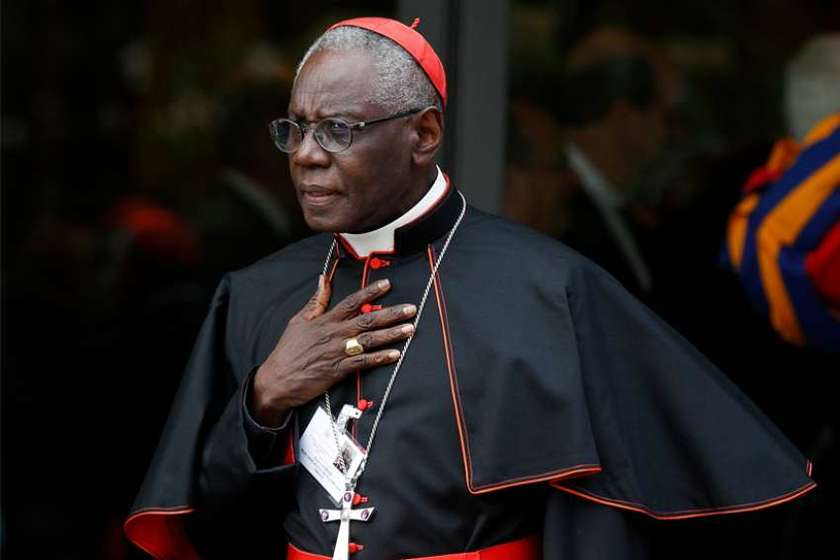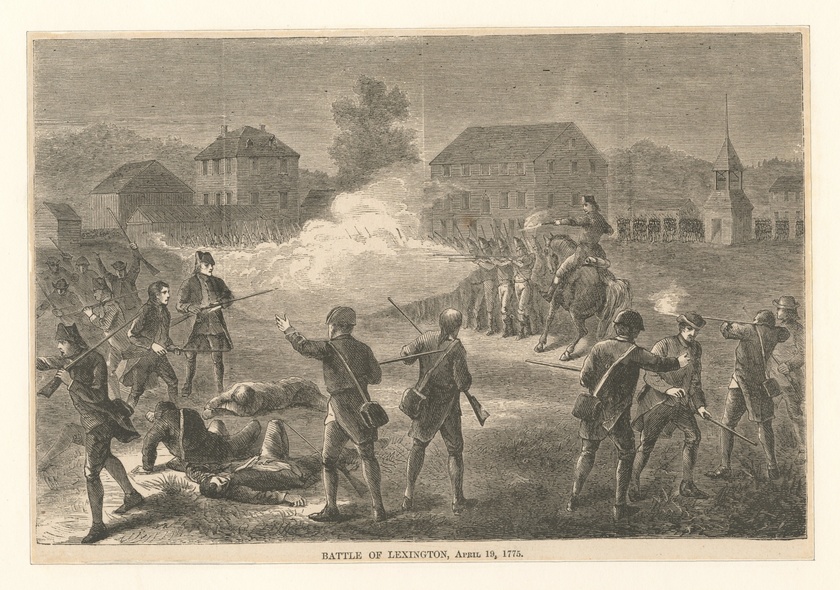
In 2011, Ben Shapiro produced a video titled “The Myth of the Tiny Radical Muslim Minority.” The purpose of this video is deceptive. There is nothing incorrect about saying that many Muslims throughout the world hold radical views. The problem is that Ben portrays radical beliefs as something unique to Muslims, or at least to a level more extreme than can be found among other nations or religions. He makes this point clear in the beginning of the video:
There’s plenty of violent material in the Old and New Testaments. Hey, I’m an Orthodox Jew, I read the Old Testament a lot. But believers in those particular texts are not currently ramming airliners into towers or beheading journalists or mutilating female genitalia.[1]
There are many Jews who commit similar actions. Rather than suicide attacks with airplanes, Israelis use the weaponry from their planes for terrorist activities, such as the attack on the USS Liberty[2] and the destruction of hospitals in Gaza.[3] Alison Weir writes,
In Israel’s 2009 “Operation Cast Lead” Israeli forces used these weapons systems to carry out more than 2,360 air strikes on Gaza, in its 2012 “Operation Pillar of Defense” Israel carried out 1,500 strikes on Gazans, in it’s 2014 “Operation Protective Edge” Israeli forces launched 4,762 strikes across Gaza, and in 2021’s “Operation Guardian of the Walls,” Israeli forces carried out 1,500 air strikes on Gaza. Altogether, these killed at least 4,288 Gazans, a large percentage of them women and children. Gazan resistance groups during the same “wars” killed 99 Israelis.[4]
Female genital mutilation is not a practice among Jews, but Israelis do engage in organ harvesting of Palestinians. Until 2008, when Israel’s Knesset “banned the purchase and sale of human organs,”[5] Israel was known as one of the top countries where organ harvesting traffickers conducted their business, according to Nancy Scheper-Hughes, the founder of Organ Watch.[6] Targeting of Palestinians for organ harvesting continues to this day.[7]
As for Ben’s specific claims of Muslims “ramming airliners” into towers, he is presumably referring to 9/11. The 9/11 hijackers were members of Al Qaeda, a terrorist group espousing an extreme Wahhibist interpretation of Islam that is exported from Saudi Arabia, an ally of the U.S. Although no one would say the U.S. is a Muslim country, it maintained its relationship with Saudi Arabia, even though “The intelligence community identified [Saudi Arabia] as the primary source of money for al Qaeda both before and after the September 11 attacks,” the 9/11 Commission reported.[8]
As Ben lists the beliefs of Muslim countries in support of his claim of a radical Muslim majority, there is a question as to whether nations like the Christian-majority U.S. and Jewish-majority Israel are “moderate” when compared to Muslim-majority nations. It seems that the claims of radicalism can be applied to these Western countries as well.
For example, after President Biden’s withdrawal of troops from Afghanistan, 42% of Americans held that this was the wrong decision.[9] This is in spite of the fact that hundreds of thousands of Afghans have been killed in that war.[10] 48% of Americans believe that torture is acceptable in some circumstances.[11] 62% of Americans say they support abortion.[12] Among Jewish Americans, support of abortion is at 83%.[13]
32% of U.S. Jews “believe God gave the land that is now Israel to the Jewish people,” and among Orthodox Jews like Ben, this number rises to 87%.[14]
56% of Jewish Israelis support abortion.[15] According to Pew Research, “roughly half of Israeli Jews (48%) say Arabs should be transferred or expelled from Israel.”[16] This is a view Ben himself at one point publicly supported. In a 2003 article, he wrote, “If you believe that the Jewish state has a right to exist, then you must allow Israel to transfer the Palestinians and the Israeli-Arabs from Judea, Samaria, Gaza and Israel proper. It's an ugly solution, but it is the only solution. And it is far less ugly than the prospect of bloody conflict ad infinitum.”[17] Probably due to backlash, he later repudiated this position: “Some on the right have proposed population transfer from the Gaza Strip or West Bank as a solution. This is both inhumane and impractical. Moving millions of Palestinians out of areas they have known for their entire lives will certainly not pave the way to peace.”[18]
Only 21% of Israeli Jews believe there is discrimination against Muslims.[19] This is surprising in light of the fact that Israel imposed a starvation diet on Gaza,[20] continuously bombs Palestinian hospitals and schools, bulldozes their homes, and indiscriminately massacres them under any conceivable pretext. Apparently, Israelis do not believe this radical behavior counts as discrimination.
An October 18-19, 2023, poll given during the assault on Gaza showed that 47% of Israeli Jews thought that Israel should “not at all” “take into consideration the suffering of the civilian Palestinian population in Gaza when planning the next phases of fighting there.”[21] By the beginning of November over 9,000 Palestinians in Gaza were killed, more than 3,700 being children.[22]
Ben says nothing of the Israeli military’s shared belief in the liceity of targeting civilians. For example, a booklet was published by the Central Region Command of the Israeli Army, and included the following quote by the Command’s Chief Chaplain:
When our forces come across civilians during a war or in hot pursuit or in a raid, so long as there is no certainty that those civilians are incapable of harming our forces, then according to the Halakhah they may and even should be killed ... Under no circumstances should an Arab be trusted, even if he makes an impression of being civilised ... In war, when our forces storm the enemy, they are allowed and even enjoined by the Halakhah to kill even good civilians, that is, civilians who are ostensibly good.[23]
As Israel Shahak notes, influential rabbis with followers in the Israeli army label Palestinians as Canaanites and Amalekites, and advocate genocide by quoting Deuteronomy: “you shall save alive nothing that breathes, but you shall utterly destroy them.”[24]
Rabbi Ovadia Yosef, the Sephardi Chief Rabbi of Israel, said of Gentiles:
“Goyim were born only to serve us. Without that, they have no place in the world – only to serve the People of Israel.”
“In Israel, death has no dominion over them… With gentiles, it will be like any person – they need to die, but [God] will give them longevity. Why? Imagine that one’s donkey would die, they’d lose their money.
“This is his servant… That’s why he gets a long life, to work well for this Jew.”
“Why are gentiles needed? They will work, they will plow, they will reap. We will sit like an effendi and eat… That is why gentiles were created.”[25]
Rabbi Eliezer Kashtiel, an educator “at the state-sponsored military prep-academy Bnei David in the West Bank settlement of Eli,” spoke of Palestinians as goyim that need to be enslaved:
Abolishing legal slavery has created deficiencies. No one is responsible for that property. With God’s help it will return. The goyim (non-Jews) will want to be our slaves. Being a slave of the Jews is the best. They must be slaves, they want to be slaves. Instead of just wandering the streets, being foolish and harming each other, now he’s a slave, now his life is beginning to come into order.[26]
The Rebbe Menachem Schneerson, a leader of the Hasidic movement who has been celebrated with a national holiday by every U.S. president since Carter, said, “Two contrary types of soul exist, a non-Jewish soul comes from three satanic spheres, while the Jewish soul stems from holiness.” He also said, “The entire creation [of a non-Jew] exists only for the sake of the Jews.”[27]
Many of these Muslim countries that Ben lists as having radical beliefs, such as support of Osama bin Laden or honor killings of women, have been supported by Western nations both economically and politically. If the West is supporting these extremist countries, are they not complicit in radicalism?
[1]
[14] https://www.pewresearch.org/short-reads/2021/05/21/u-s-jews-have-widely-differing-views-on-israel/
[17] https://web.archive.org/web/20190524143703/https://townhall.com/columnists/benshapiro/2003/08/27/transfer-is-not-a-dirty-word-n976781
[23] Shahak, Israel. Jewish History, Jewish Religion: The Weight of Three Thousand Years (Get Political Book 5) (p. 92). Pluto Press. Kindle Edition.
[24] Shahak, Israel. Jewish History, Jewish Religion: The Weight of Three Thousand Years (Get Political Book 5) (p. 110). Pluto Press. Kindle Edition.














